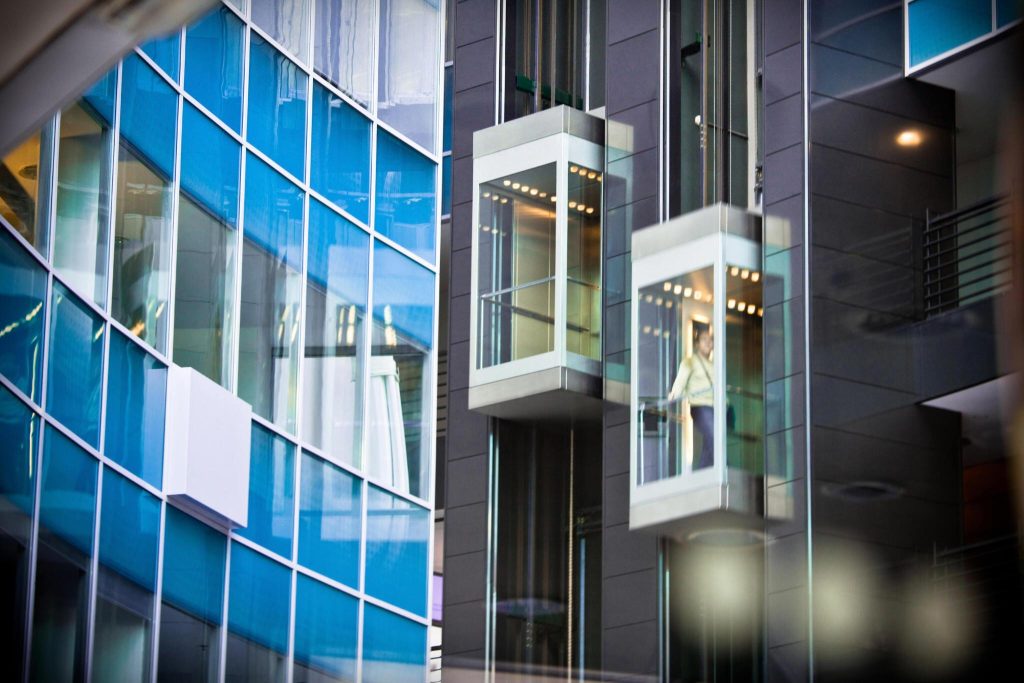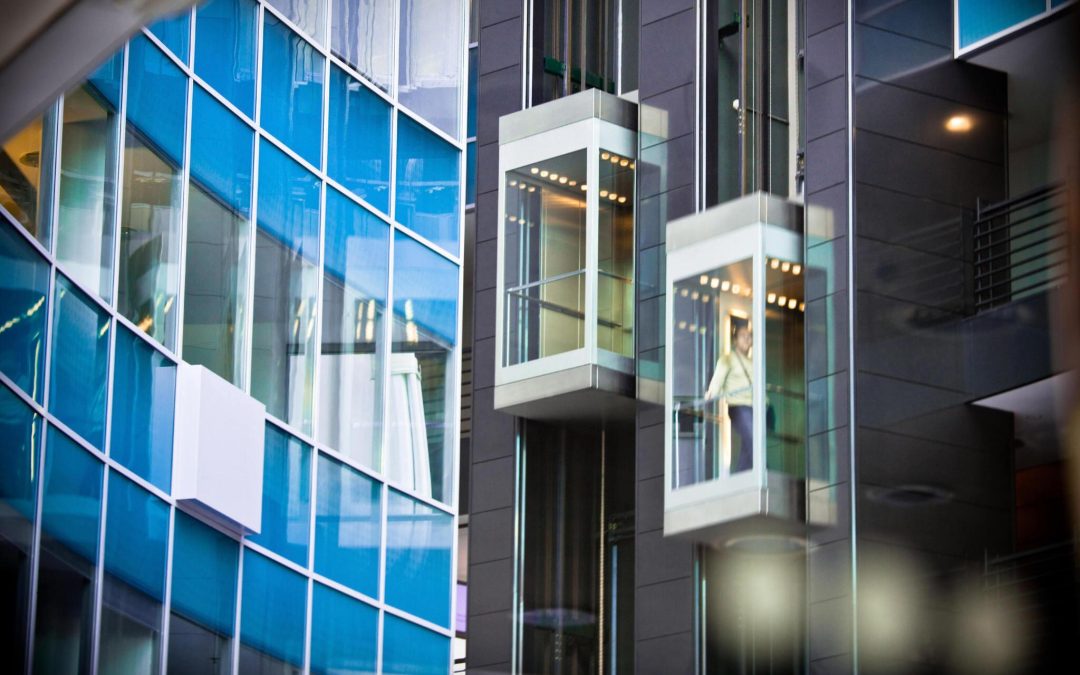The story of the elevator is a fascinating saga of human innovation, stretching from the ancient world to the bustling urban landscapes of today. This journey not only showcases our relentless pursuit of technological advancement but also highlights the elevator’s pivotal role in shaping modern society. In this article, we explore the origins of the elevator, its evolution through the ages, and its profound impact on architecture, business, and everyday life. For those looking into elevator repair services in San Diego, Elevator Pros Inc. offers a comprehensive solution tailored to meet the modern demands of elevator maintenance and service.

The Dawn of Vertical Transportation
The concept of vertical transportation predates modern machinery, with the earliest instances going back to ancient civilizations. A notable example is the design attributed to Archimedes in 236 B.C., which utilized a system of ropes and pulleys to lift objects. This rudimentary elevator, powered by human or animal force, laid the groundwork for future innovations in vertical transport.
Revolutionizing Urban Design: The Safety Elevator
The turning point in elevator history came with Elisha Graves Otis’s invention of the safety brake in 1852. This breakthrough made elevators safe and reliable for passenger use, catalyzing the architectural revolution that led to the birth of the skyscraper. Otis’s demonstration at the New York World’s Fair in 1854, where he showcased the safety brake’s efficacy by halting a falling elevator, marked the beginning of a new era in building design.
The Rise of the Skyscraper
With the introduction of the safe, passenger elevator, cities began to stretch towards the sky. The ability to transport people and goods efficiently across multiple floors transformed urban planning, allowing for the construction of towering skyscrapers. This not only maximized the use of limited land resources but also changed the cultural and economic landscape of cities worldwide.
Elevators in the Modern Age
Today’s elevators are marvels of engineering, incorporating advanced technologies that enhance safety, efficiency, and sustainability. Innovations such as regenerative drives, which recover energy during braking, and sophisticated control systems, have made elevators more energy-efficient and environmentally friendly. Furthermore, modern elevators are designed with accessibility in mind, ensuring that buildings are inclusive spaces for people of all abilities.From ancient hoists to the high-speed elevators of today, the evolution of elevator technology is a testament to human ingenuity. Elevators have not only revolutionized how we move within buildings but have also played a crucial role in the development of modern urban landscapes. As we look to the future, the elevator will undoubtedly continue to ascend, driven by advancements in technology and a commitment to sustainability.
Elevators: Elevating Urban Life and Business
- Transforming Urban Landscapes:
The advent of the elevator has not only revolutionized building design but has also had a profound impact on the layout and functionality of cities. By making it feasible to build upwards, elevators have enabled the development of skyscrapers, which symbolize economic progress and architectural innovation. This vertical expansion has allowed urban areas to accommodate more businesses and residents, fostering denser, more vibrant communities. The modern city skyline, with its towering structures, is a direct result of elevator technology, showcasing humanity’s aspirations and achievements. - Enhancing Accessibility and Efficiency:
Beyond their architectural significance, elevators have greatly improved accessibility within buildings, ensuring that people of all abilities can navigate urban spaces more easily. This inclusivity is vital in public buildings, residential complexes, and workplaces, making daily life more convenient and equitable for everyone. Moreover, elevators contribute significantly to the operational efficiency of buildings, enabling the quick and smooth movement of people and goods across multiple floors. This efficiency is crucial in high-rise office buildings and commercial centers, where time saved in transit can translate into increased productivity and satisfaction.
The Role of Elevators in Sustainable Urban Development
As cities continue to grow, sustainability has become a key concern in urban planning. Elevators, equipped with energy-efficient technologies, play a crucial role in the development of green buildings. By using systems like regenerative drives, modern elevators can generate electricity during operation, reducing the overall energy consumption of buildings. Furthermore, the compact footprint of elevators compared to traditional staircases allows for more efficient use of space, contributing to the environmental and economic sustainability of urban developments.
The Future of Elevators: Innovations on the Horizon
- Pioneering Smart Elevator Technologies
The future of elevators looks promising, with innovations aimed at enhancing efficiency, safety, and user experience. Smart elevators, equipped with advanced control systems, are set to redefine vertical mobility in buildings. These elevators use artificial intelligence and data analytics to optimize routing and wait times, adapting to traffic patterns to provide faster and more energy-efficient service. This intelligence not only improves operational efficiency but also enhances the user experience by reducing wait times and overcrowding. - Elevators and the Green Revolution
Sustainability remains a key focus in the development of future elevator technologies. The next generation of elevators will likely incorporate even more advanced energy regeneration systems, capable of capturing a significant portion of the energy used in elevator operation and feeding it back into the building’s power grid. This not only reduces the overall energy consumption of the building but also contributes to the global push towards more sustainable and eco-friendly construction practices. - Enhancing Safety and Accessibility
Future elevator designs promise to push the boundaries of safety and accessibility. Innovations in materials science and engineering could lead to the development of ultra-strong, lightweight cables and components, allowing elevators to travel greater distances without compromising safety. Additionally, improvements in elevator cabin design and control interfaces will ensure that elevators are accessible to people with a wide range of physical abilities, making urban environments more inclusive.
Conclusion
As we stand on the brink of a new era in elevator technology, it is clear that these innovations will play a pivotal role in shaping the future of urban development. Smart, sustainable, and safe elevators will not only transform the way we navigate buildings but also contribute to the creation of more livable, efficient, and inclusive cities. The journey of the elevator, from a simple mechanism to a sophisticated technological marvel, continues to inspire and drive progress in our urban landscapes.

